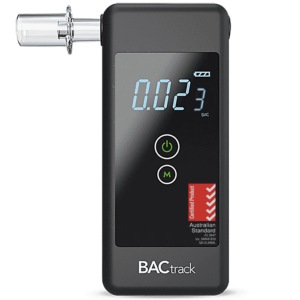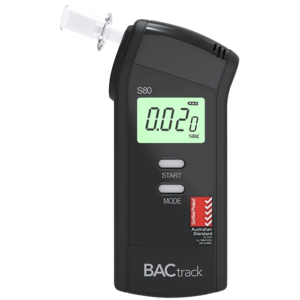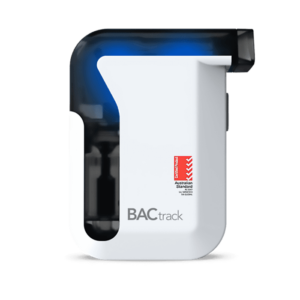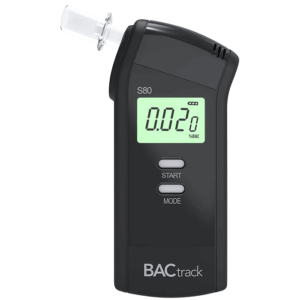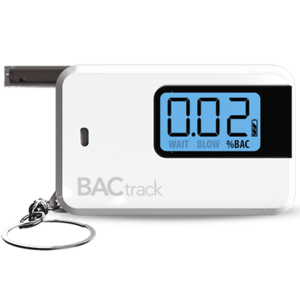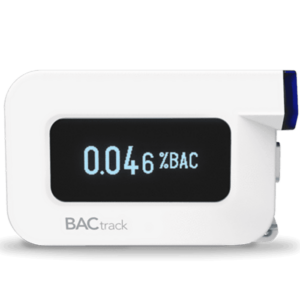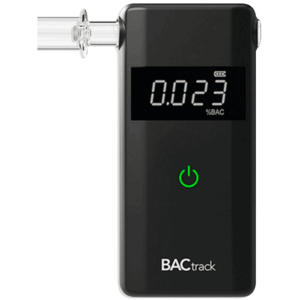BAC Test: Overview
02 February, 2024

High levels of alcohol in the body are dangerous. To prevent harm, police officers or health professionals use a Blood Alcohol Concentration or BAC test. It measures the amounts of alcohol present in the body. Then, authorities can take necessary actions depending on the test result. Various factors affect the BAC levels, like the number of standard drinks individuals consume per hour. People can check their levels of alcohol by utilising urine, blood, and breath alcohol testing.
The effects of alcohol consumption can endanger the lives of drinkers. For instance, it can slow down reaction time. This is detrimental when it comes to operating vehicles or heavy machinery. Moreover, heavy drinking can lead to conditions such as liver damage or alcohol poisoning. Fortunately, law enforcers and other professionals can help avoid this with alcohol testing. The following sections will present its definition, understanding of BAC levels, and the different testing methods.
Definition of BAC Testing
People refer to blood alcohol concentration as blood alcohol content. BAC testing is a measure of how much alcohol is in the system of an individual. Typically, it is expressed as a percentage. Police officers often use it to identify drivers who are under the influence of alcohol. Thus, it has become valuable in enforcing laws related to drunk driving.
In addition, workplace screening and medical evaluations utilise alcohol testing. Employers may require the test as part of their drug and alcohol policies to ensure a healthy work environment. Meanwhile, healthcare professionals may use it to assess the alcohol consumption of patients and its potential impact on their health. An example is determining the risk of developing an Alcohol Use Disorder (AUD).
Traditionally, individuals undergo an alcohol test in a medical facility or on the road. However, they can also purchase testing kits or devices to administer testing at home or in private settings. These at-home BAC screening kits are becoming increasingly popular since they offer convenience for those who wish to monitor their consumption levels and patterns.
Importance in Assessing Alcohol Impairment
- Individuals under the influence of alcohol pose a risk to themselves and others on the road or in various settings. Hence, assessing impairment is crucial in ensuring public safety.
- It is essential in legal matters such as intoxicated driving cases, as it determines the responsibilities and legal consequences of offenders.
- Knowing the level of impairment is vital to identifying potential health risks and providing appropriate interventions for patients who may be struggling with chronic alcohol consumption.
- Evaluating impairment is crucial in a workplace setting to maintain productivity and protect workers.
- Individuals can understand and address their limitations and seek help if needed for their well-being.

Understanding BAC Levels for BAC Testing
Understanding BAC levels is essential for BAC testing. The legal limit for driving varies depending on the country or state. In New Zealand, it is 0.05%. This equates to approximately 50 milligrams of alcohol per 100 millilitres of blood. The amount of alcohol people drink per hour is an essential factor in determining BAC levels. Typically, consuming one alcoholic drink per hour is thought to increase BAC levels by about 0.02%.
Individuals can understand BAC levels by educating themselves on how the body metabolises alcohol. When they drink alcohol, it enters the bloodstream and is broken down by the liver. The liver can process approximately one standard drink per hour. However, if they consume more alcohol than the liver can metabolise, it accumulates in the blood, leading to an increase in blood alcohol content levels.
A BAC level of over 0.05% can cause people to face legal consequences. Their ability to operate a motor vehicle or heavy machinery is significantly impaired. Individuals may experience reduced coordination, reaction times, and judgment. Therefore, they must understand their BAC levels for alcohol testing to make responsible decisions regarding alcohol consumption and driving.
Factors Affecting Blood Alcohol Levels
Various factors affect blood alcohol content levels. Firstly, heavier individuals tend to have lower BAC levels than lighter individuals, as their bodies are better equipped to metabolise alcohol. Secondly, the rate at which the body processes alcohol can vary depending on its metabolism. Some people break down alcohol more quickly than others.
Thirdly, health conditions, such as liver disease, can also affect the ability to metabolise alcohol and may result in higher blood alcohol content. Lastly, eating a meal before drinking can slow down the absorption of alcohol into the bloodstream, leading to lower BAC levels.
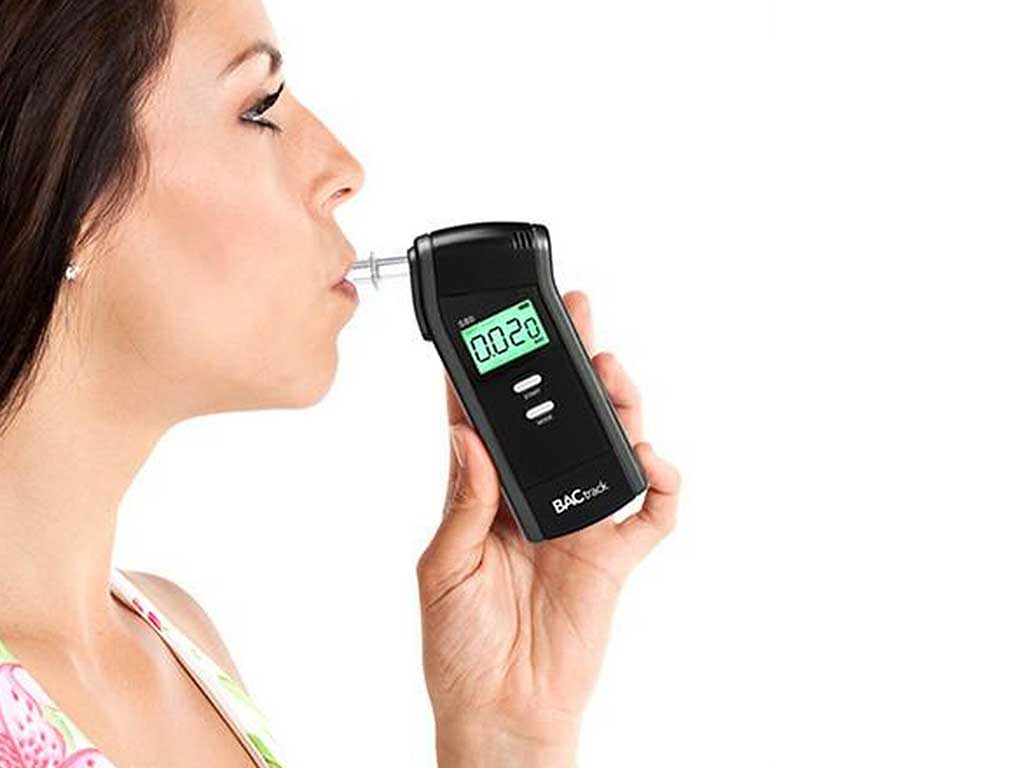
Types of Methods for BAC Testing
Several types of BAC testing methods are available for individuals and organisations. One of the most convenient and cost-effective ways to screen for alcohol is through breath tests. It measures the amount of alcohol in the breath to estimate the blood alcohol content level. This is typically done using a handheld device, which is a breathalyser.
Another method of testing is through blood alcohol tests. It involves a professional doing a blood draw to collect the specimens. Then, they analyse them in a laboratory setting. Many consider this the most accurate yet most invasive and time-consuming testing method. Hence, professionals often utilise it in legal and medical settings where precise measurements are necessary.
Lastly, there is urine analysis, which measures the concentration of alcohol metabolites in the urine to estimate BAC levels. While this method is less accurate and timely than blood testing, it can still provide valuable information about recent alcohol consumption. Many employers or healthcare practitioners use urine testing in workplace or probation settings for frequent monitoring.
Accuracy of the Testing Methods
The accuracy of alcohol testing methods is crucial in determining the level of alcohol in a person’s system. Various testing methods, including breath, blood, and urine tests, measure blood alcohol content. These methods have different levels of accuracy, with blood tests being the most accurate. Nevertheless, the other two are reliable for screening purposes.
A variety of factors affect the accuracy of alcohol testing methods. For instance, regularly calibrating a breathalyser allows it to provide precise results continuously. In addition, the experience and training of the person administering the test can impact the outcome of tests.
Conclusion
BAC testing is a method that measures the amount of alcohol present in the body. It helps prevent alcohol poisoning, protects the public, and maintains a safe work environment. Understanding BAC levels is crucial in determining the level of intoxication and ability to operate a vehicle or machinery safely. However, people should know the elements affecting these blood alcohol content levels. For instance, body weight can significantly impact the results, with heavier individuals having lower levels than others.
Various methods, such as breath, urine, and blood tests, provide law enforcement and healthcare professionals with valuable information. Consequently, they can make informed decisions about the sobriety of a person. Overall, the effects of alcohol can harm the drinkers and those around them. They may experience a loss of consciousness or coordination. As a preventive measure, they can buy at-home testing kits or personal breath testers to test themselves before driving or working.

















